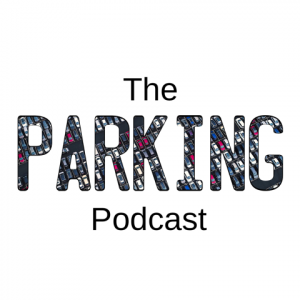By Julius E. Rhodes, SPHR
HUMAN RESOURCES (HR) has come a mighty long way, but we still need to do more. Most millennials are already a part of our workforce—in fact, millennials are the biggest segment of the U.S. labor force. The oldest members of Generation Z are starting their careers now, while baby boomers continue to make their retreat. We must keep in mind that our ability to be successful will require us to represent the interests of the people we serve. At the end of the day, it’s people that matter.
Designing a culture, addressing the climate, and being obsessive about ensuring organizational processes are all critical. I see the correlation between climate and culture as an iceberg: What is beneath the surface of the water is much more expansive than what we see above. Climate is what we see above the water level, but culture (beneath the water) will require us to do some very real and hard work.
Martin Luther King Jr. once famously said, “I can never be what I ought to be until you are what you ought to be, and you can never be what you ought to be until I am what I ought to be.”
Establishing Balance
What will it take to accomplish this feat? In a word, balance—between the instrumental approach to HR, which emphasizes the pure business objectives, and a humanistic approach, which is more broadly focused on concern for people and the business.
It doesn’t matter how we arrived where we are today. Whether you are a boomer, millennial, a member of Gen Z, or any other designation, we’re all in this together, and our ability to connect and support each other is essential to our success. We need to remember that while our age might place us in a certain demographic category, that category is not the be-all and end-all regarding how we see ourselves and how we identify and associate with others.
The common thinking is that millennials don’t save or aren’t loyal to an organization. The common thinking is that baby boomers aren’t tech savvy or that they lack creativity. I say hogwash—all we need to do is identify one millennial who is an astute investor or has designs on staying with a firm or one baby boomer who not only knows technology but was an early adopter, and the common thinking goes out the door.
If you are like me and many others, you certainly know people whose ability to relate and identify with other generations places them in a different realm than the one in which they were born.
Where we go from here depends on a few things. HR can lead the charge, but it cannot be solely responsible for its ultimate success. Success always requires a team effort. Here are the areas we must all rally around:
- Engaging others, networking, and emotional intelligence.
- Moving from employee to intrapreneur (someone who promotes innovative development and marketing).
- Using your personal brand to influence others.
Emotional Intelligence
As we think about the future, we hear a lot of talk about augmented reality and artificial intelligence, but it is emotional intelligence that will drive our ability to develop effective networks and engage others. Without going into a technical dissertation, emotional
intelligence operates in two primary domains: self-competence and social competence. Self-competence means self-awareness and self-management. Social competence means social awareness and relationship management. Not only are these areas of self-discovery, but if we are able to master them, they will allow us to help move our team members from being employees to having a more vested interest in our operations.
Your Brand
I’ve spoken a great deal about personal branding and have written a book and workbook on the topic. Having a consistent personal brand is paramount to put people at ease and connect to us. A consistent personal brand will either bring people to you or push them away; no matter how good we believe we are, we all need advocates. Just because we are successful today doesn’t mean we will continue to be so tomorrow, especially if we lose sight of the most important aspect of our existence: the people we work with and through to accomplish our objectives.
Achieving the balance I spoke of earlier may well be the tipping point for HR and our organizations. If we are to continue to move forward and be the best, we must be that for each other and those we serve.
Read the article here.
JULIUS E. RHODES, SPHR, is founder and principal of the mpr group and author of BRAND: YOU Personal Branding for Success in Life and Business. He can be reached at jrhodes@mprgroup.info or 773.548.8037.
 By Nicole Chinea, CAPP
By Nicole Chinea, CAPP
 By Jennifer Carroll, CAPP
By Jennifer Carroll, CAPP By Vicki Pero, SPHR
By Vicki Pero, SPHR By Tiffany R. Smith
By Tiffany R. Smith By Helen Sullivan, APR, Fellow PRSA
By Helen Sullivan, APR, Fellow PRSA By Cindy Campbell
By Cindy Campbell By Jay Manno
By Jay Manno By Andi Campbell
By Andi Campbell